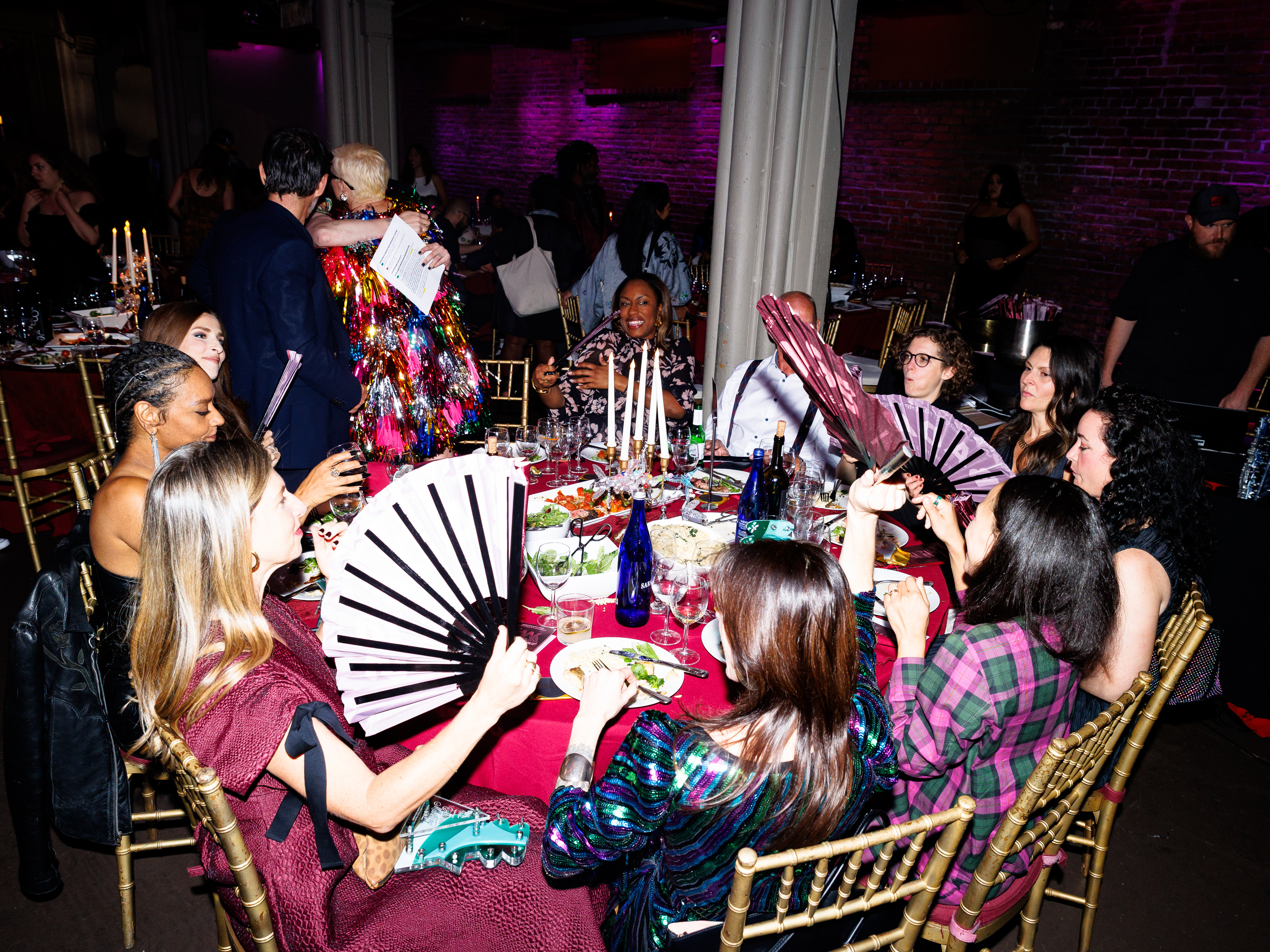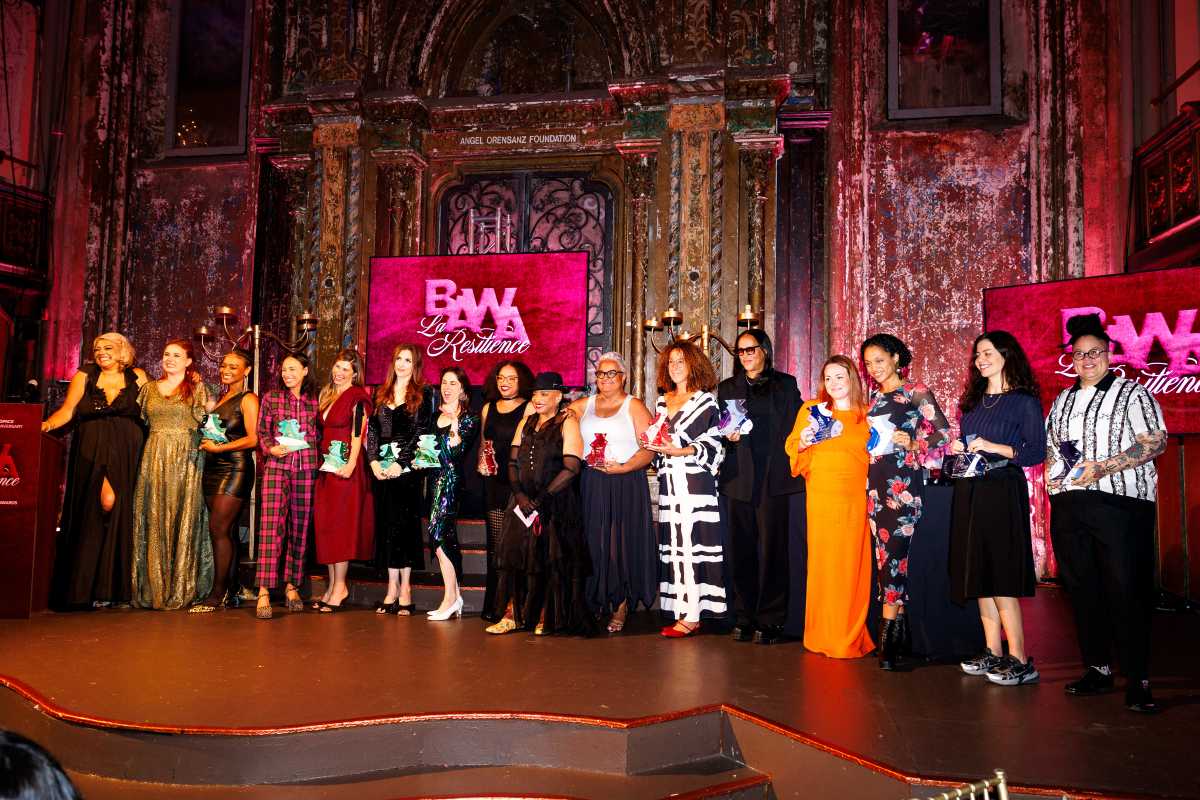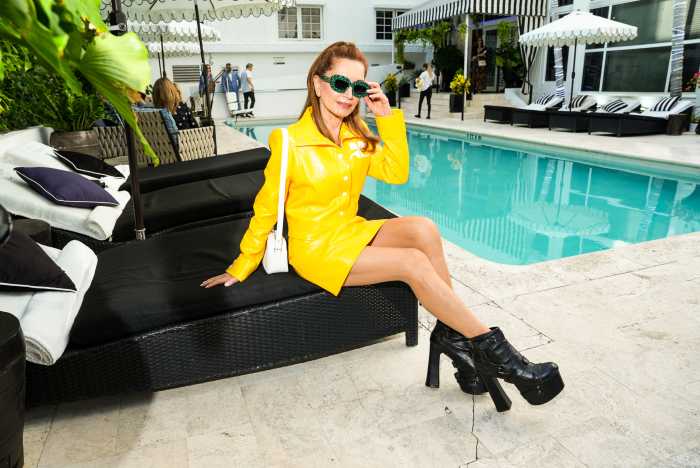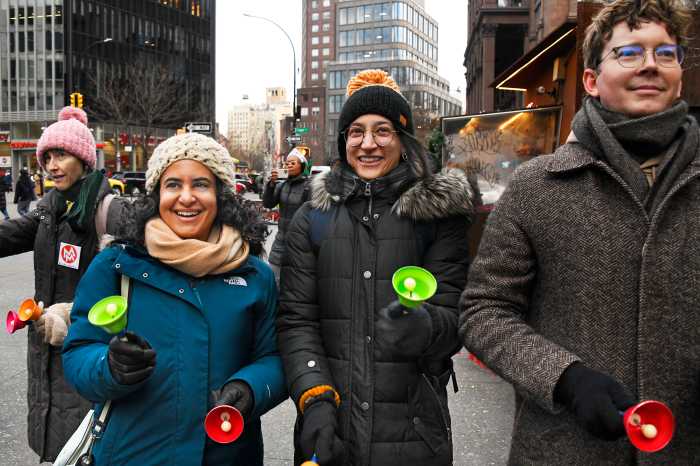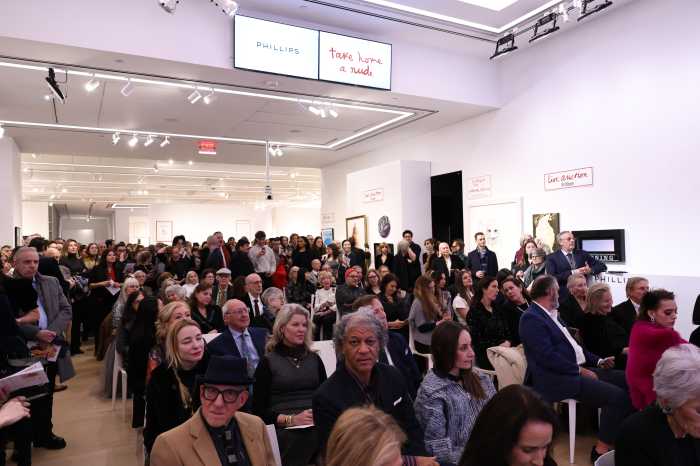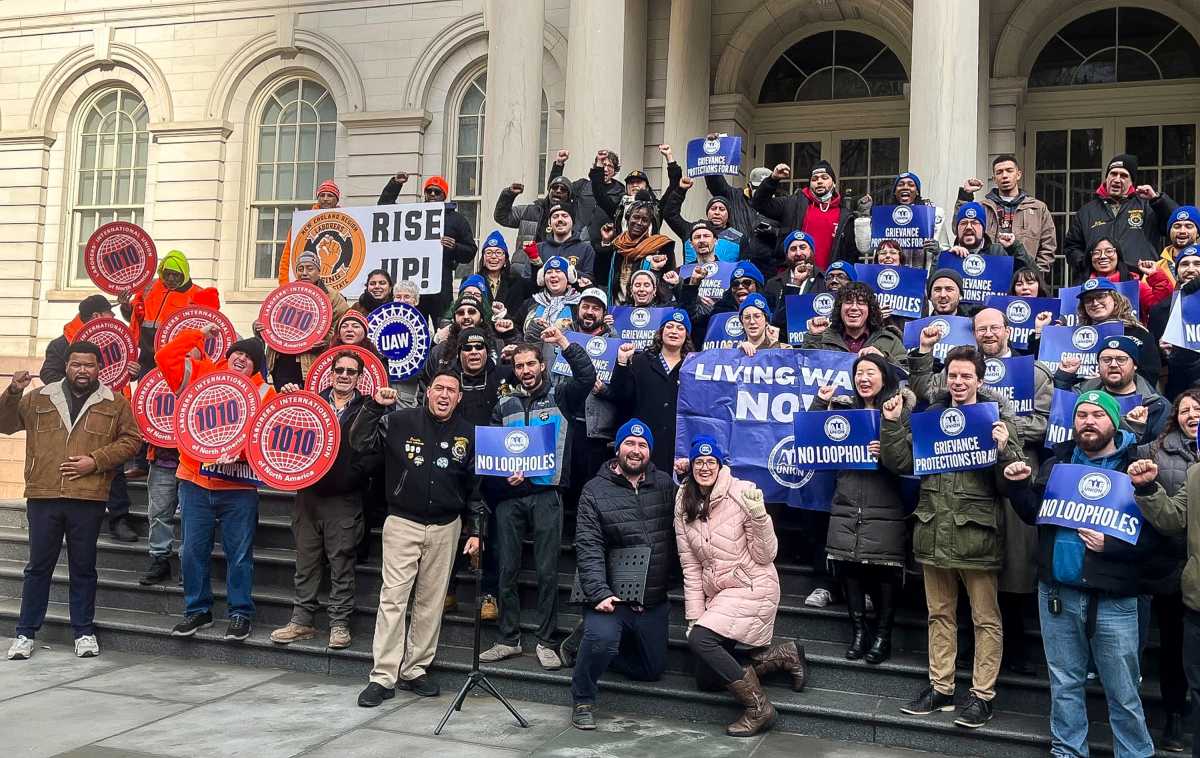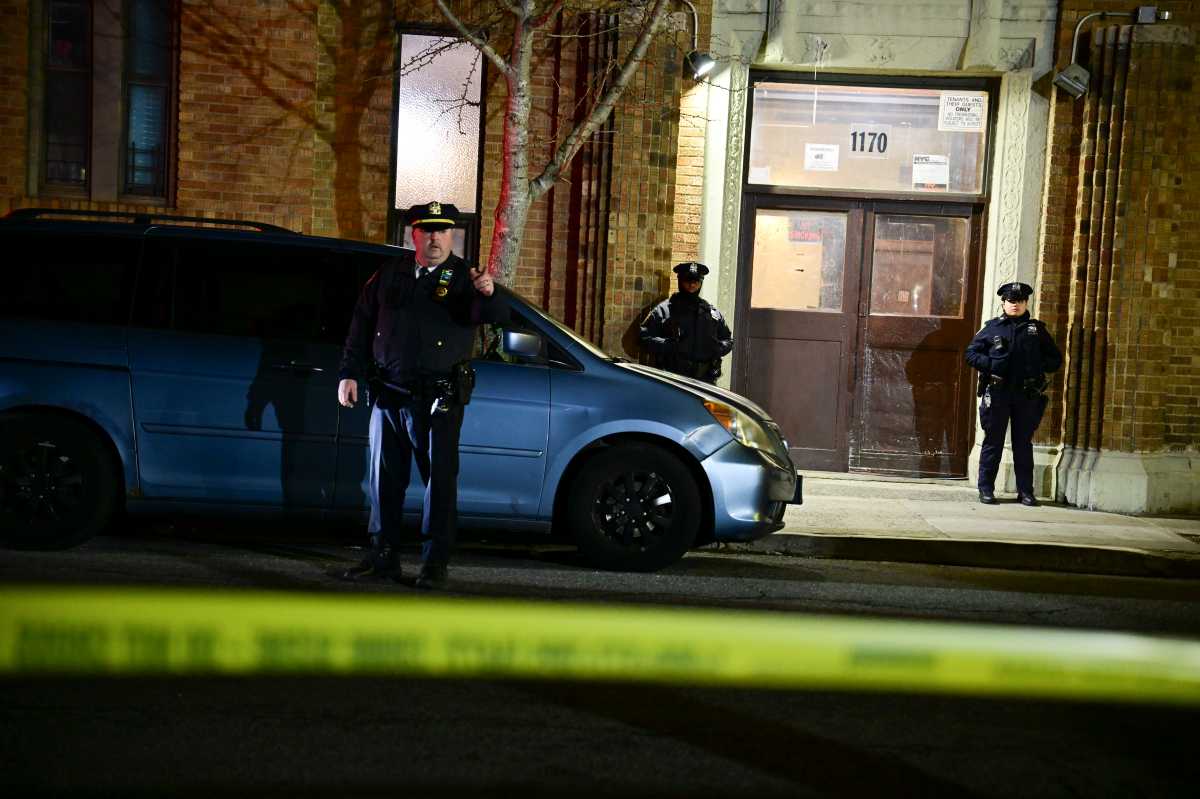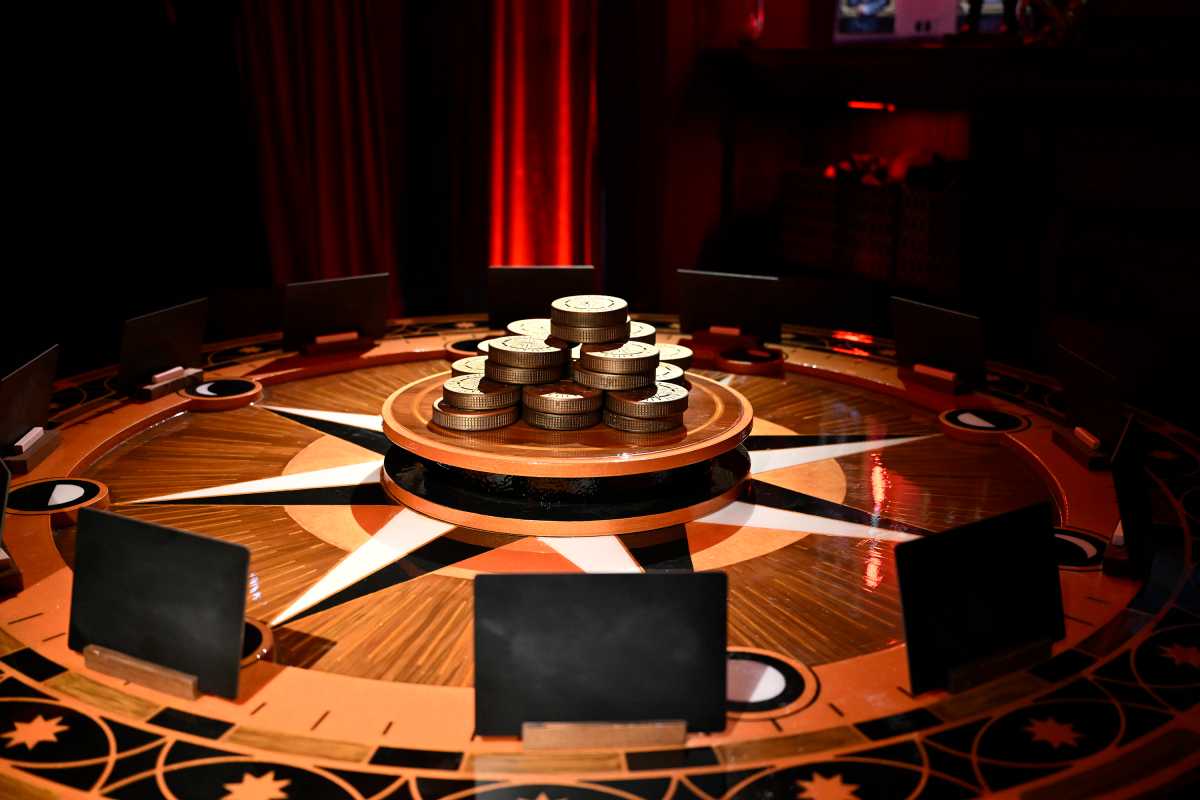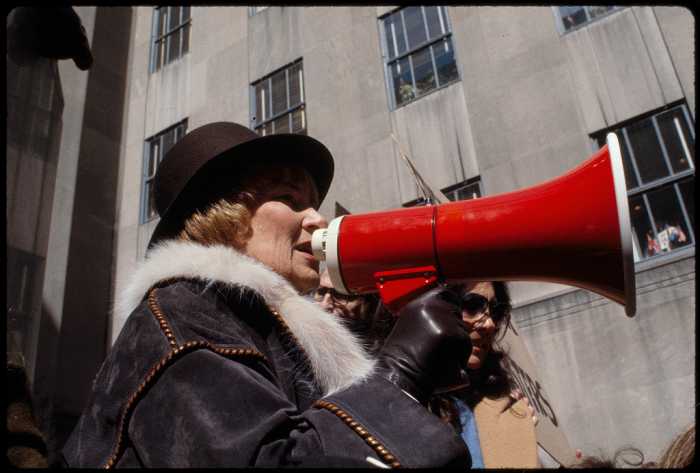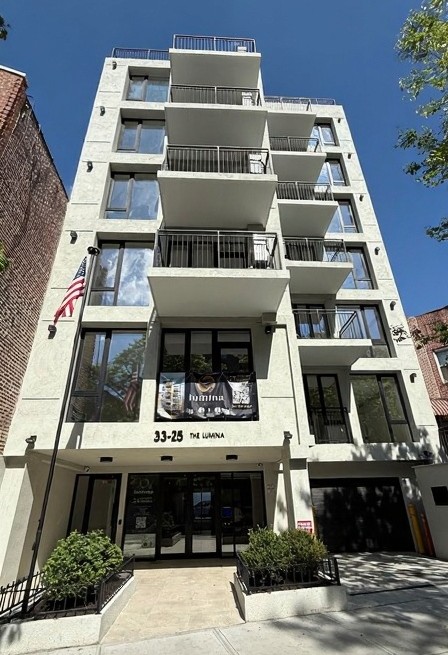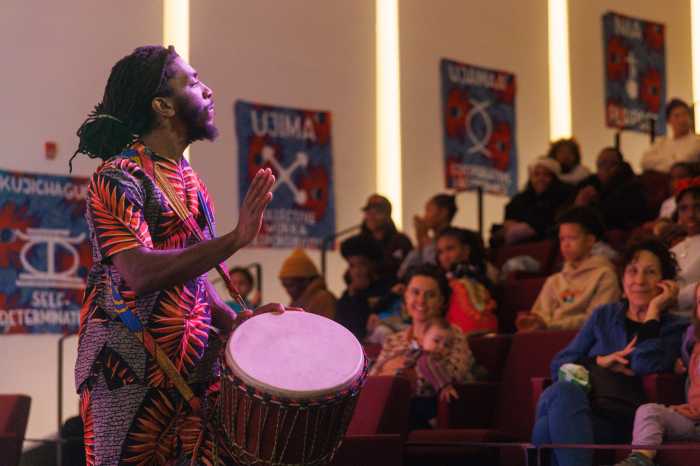The Angel Orensanz Foundation shimmered like a secular cathedral on Sept. 29th, when Project for Empty Space convened its fifteenth Badass Art Woman Awards. This was not a gala in the predictable sense. It was ritual, a liturgy of resilience, a convocation of women who have made it their life’s work to cultivate beauty, sustain truth, and preserve the radical power of art in a world increasingly hostile to difference.
The night’s theme—la résilience—echoed through every gesture, every toast, every chord of poetry and music. Resilience is not merely endurance; it is transformation. It is art wrested from silence, memory carved into marble, color pressed against the void. To celebrate Dr. Deborah Willis, Helen Toomer, and Ebony L. Haynes in this spirit was to place them in a lineage stretching across centuries, a continuum of women who made creation itself an act of defiance.
History offers precedent. The Florentine Medici dynasty understood that patronage was never neutral. Their commissions to Brunelleschi, Botticelli, and Michelangelo were not simply adornments for palaces; they were deliberate investments in cultural immortality. Lorenzo de’ Medici, “Il Magnifico,” turned Florence into the epicenter of the Renaissance by supporting artists whose visions would outlast armies and kings. It was through this stewardship that Florence came to embody not the bloodshed of its time but the radiance of its genius.
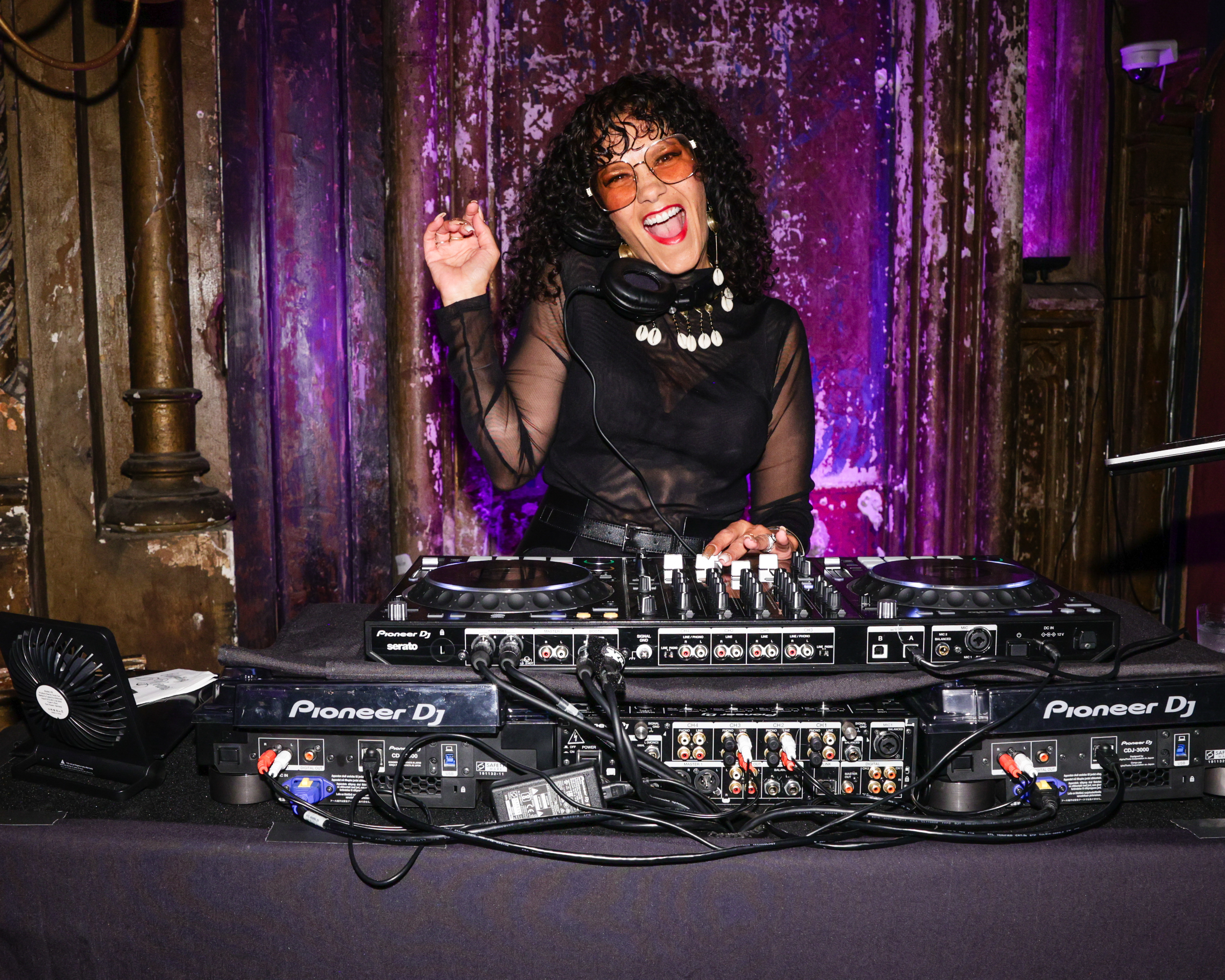
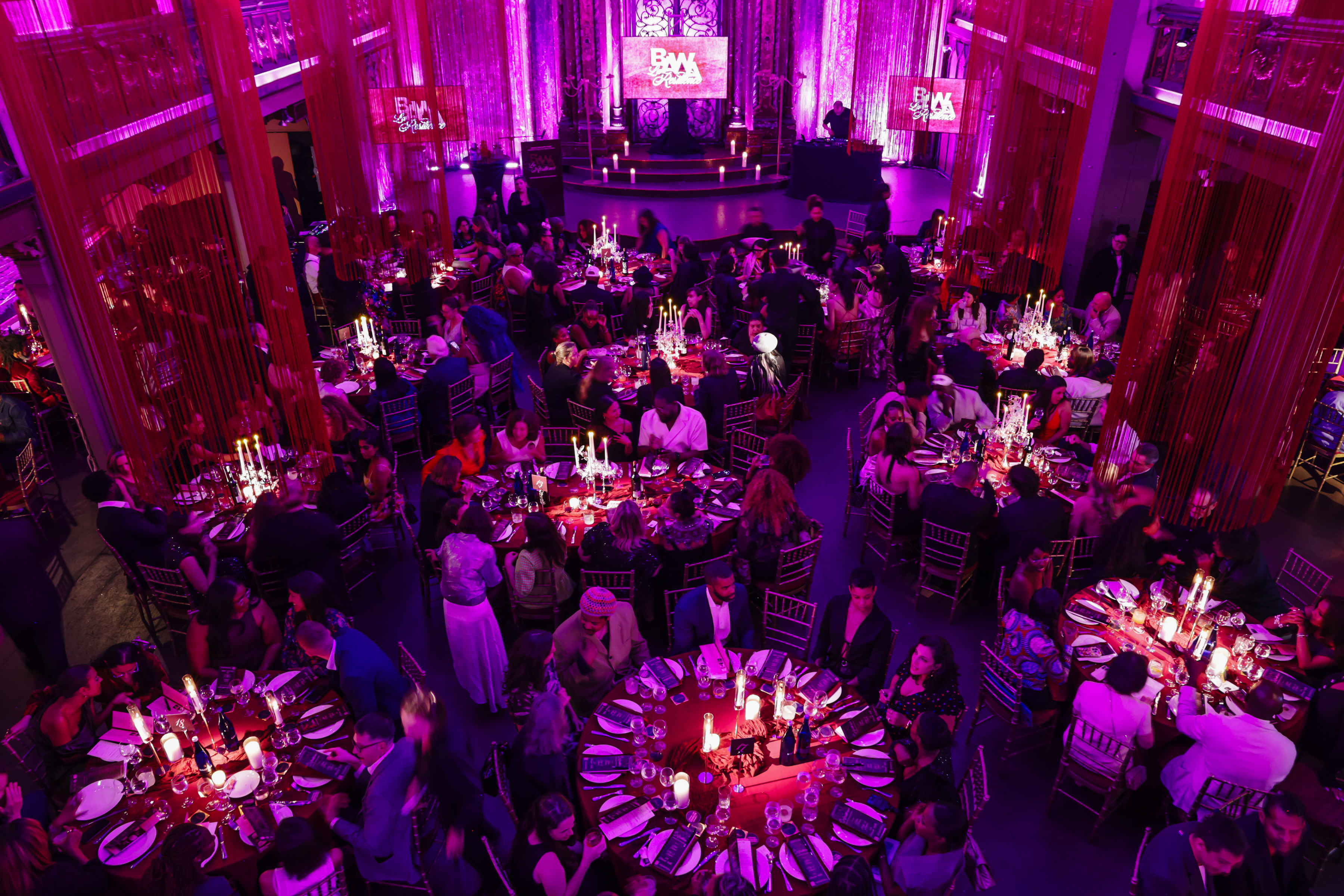
Centuries later, Peggy Guggenheim performed a similar act of audacity. In an era when modernism was still dismissed as aberration, she collected Kandinsky, Pollock, Rothko, Ernst, and countless others, transforming exile and experimentation into legacy. With her patronage, she carved a space where the avant-garde became canon. Both the Medicis and Guggenheim understood the same truth: to collect is to govern the future, to determine which voices are amplified, which visions are safeguarded, which truths endure.
It is in this tradition that Project for Empty Space thrives. Founded by Rebecca Pauline Jampol and Jasmine Wahi, PES emerged from the refusal to allow women, femmes, and artists of color to remain peripheral. What began as a radical experiment—occupying “empty space” with voices denied visibility—has expanded into a constellation of studios, residencies, and cultural corridors in Newark and Manhattan. Jampol and Wahi’s leadership is as intellectual as it is sensual: they have crafted not simply an institution but an ecosystem, where art is cultivated with radical tenderness and deployed as a weapon against erasure. Their story is one of resilience materialized into infrastructure, vision translated into permanence.
The evening at Angel Orensanz embodied that duality of intellect and glamour. Bespoke cocktails burned with citrus fire while candelabras by designer David Antonio Cruz gleamed like sculptural relics. The music was a perfect pairing to a rebellion dripped in elegance that only DJ MD could conjure and, my goodness, Mia X wrapped the hall in rhythms that shimmered with urgency… with power. Feminism here was unapologetically decadent: it danced in silk, it toasted with wine, it glowed with lipstick and laughter. The message was unmistakable—resilience is not drudgery; it is luminous, erotic, irresistible.
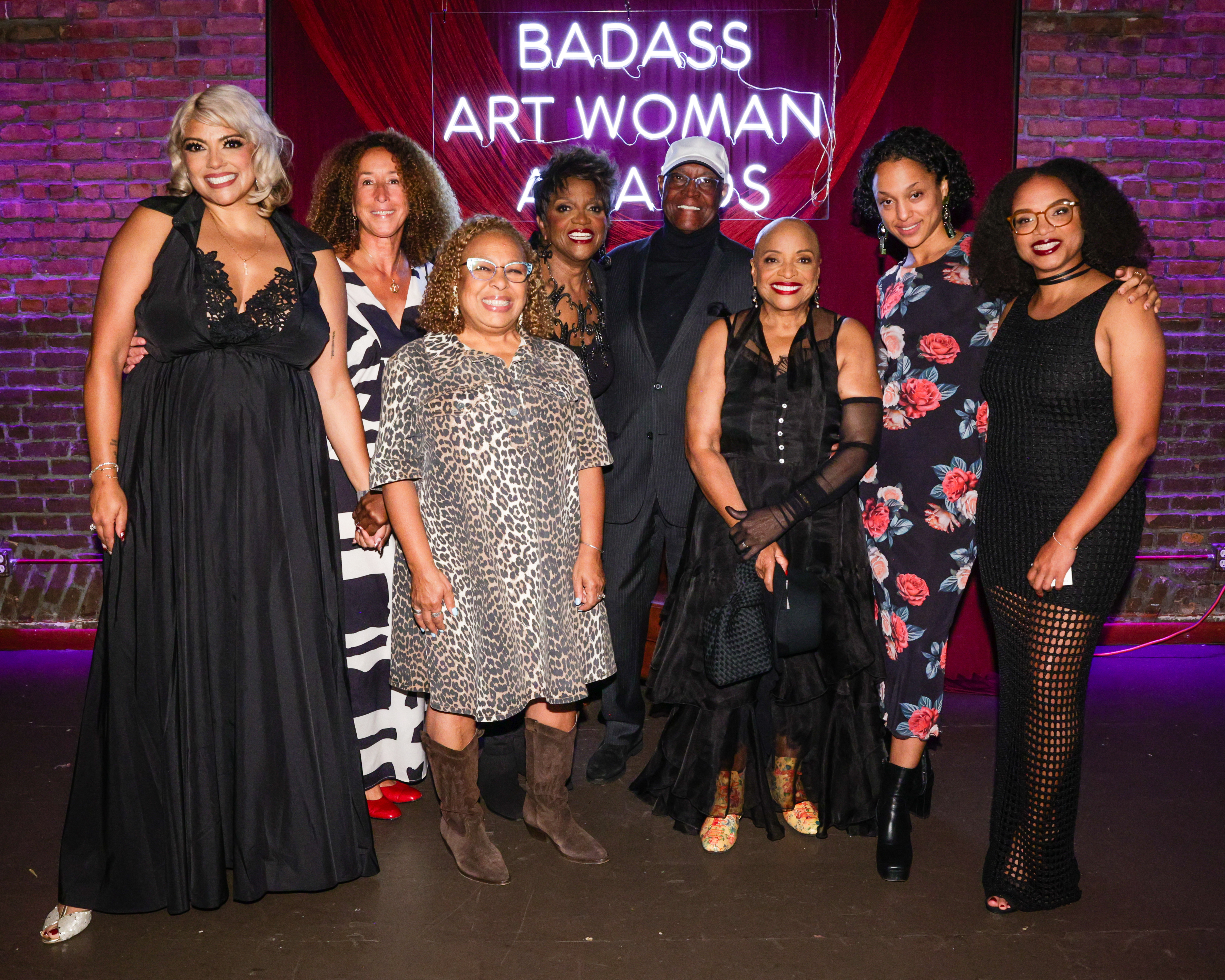
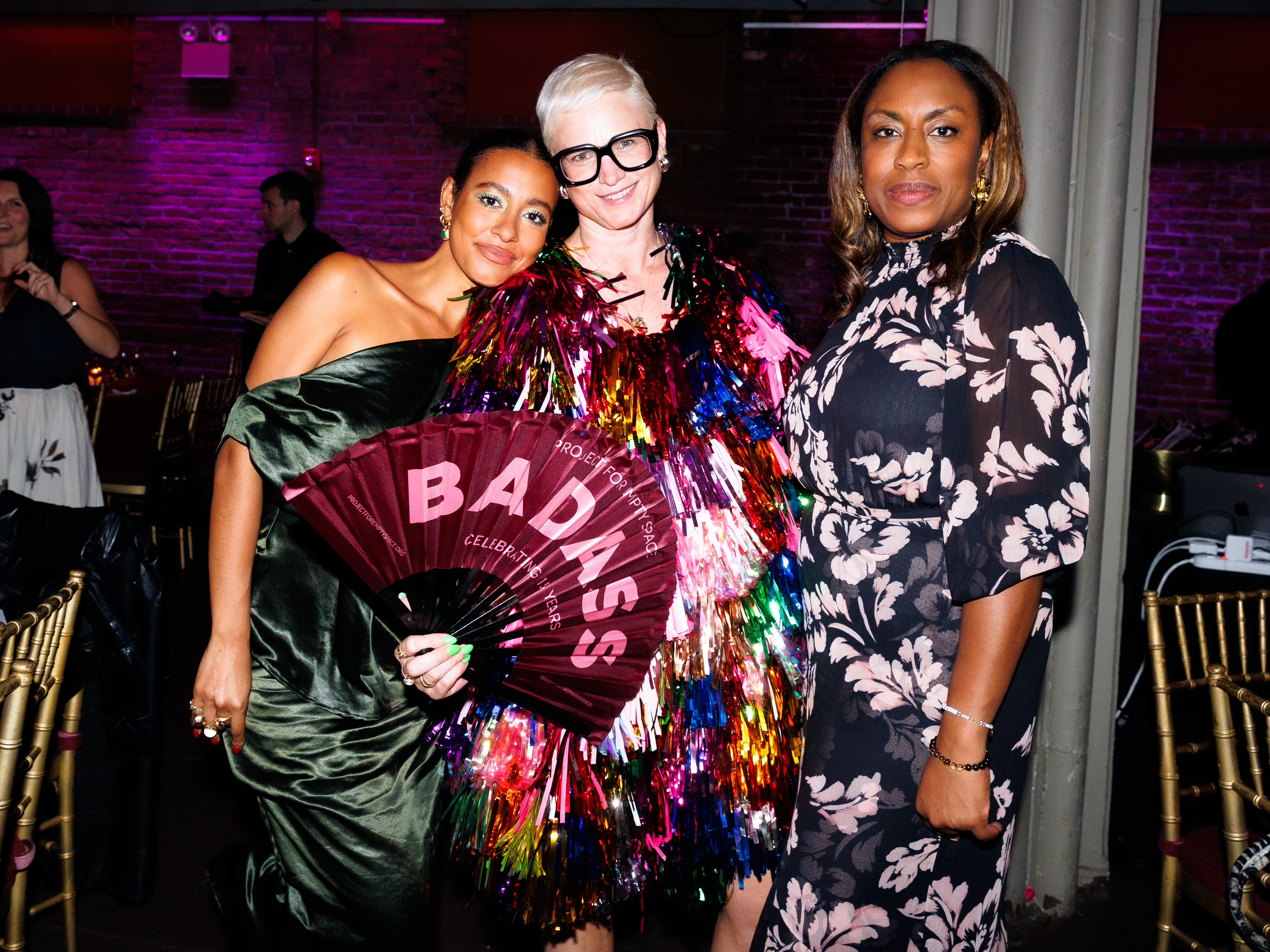
In true community and recognition– the honorees, flanked by their “Fellow Badasses”—fifteen women nominated as comrades in advocacy—were not celebrated as solitary heroines but as part of a chorus. The gesture was profound: revolutions are sustained not by isolated icons but by networks, by constellations of care, by women who insist that empowerment is communal.
In our own era—where censorship rises, equity is corroded, and cultural memory is under siege—the call to patrons is urgent. Long gone are the days in which the collection of art is seen as a mere indulgence; it is guardianship. It is to protect the artist as the last arbiter of truth, and to ensure that future generations inherit not silence but vision. The Medicis, Guggenheim, and now PES remind us that patronage is the most enduring form of power.
As the after-party descended into purple light and the music deepened, one felt history alive in the room: the centuries of resilience behind us, the imperative of resilience ahead.
The Badass Art Woman Awards were more than an evening of celebration. They were a manifesto—declaring that resilience is not survival in shadows but radiance in defiance, that beauty is a form of rebellion, and that to collect art is to shape the future
Learn more at projectforemptyspace.org, pesfutures.org, newarkgrounds.org, and bodyfreedomforeverybody.org.
